For most of us the loss of our companion animal is a uniquely private and painful experience. We lose a bond that comes with 100-percent unconditional love—something we don’t always attain in human relationships. We often do not want to burden friends or family with our feelings, but talking about our pain and sharing memories allows us to put into words—sometimes for the first time—what we have lost. There is no easy way around loss and grief, but when we accept our sadness, acknowledge the irreplaceability of our pet, and share our feelings with others who understand, healing can begin.
Your pet was never “just” a dog or “just” a cat, and no one is foolish for grieving. He or she was an integral part of your life, helping teach you the value of sharing love, support, comfort, and that amazing unconditional acceptance of one another without asking for very much in return. When one loses a beloved companion animal, grief can be insurmountable. When well-meaning friends suggest you can get another pet, and your heart is breaking, you may need the support of a group who understands exactly the grieving process you are experiencing.
There is no absolute pattern for grief. The length of time it takes to begin accepting the loss of your beloved pet will vary. For most of us, this is not the first time we’ve gone through this, and it certainly doesn’t get any easier. You may also mourn the death of a particular pet companion more strongly than you mourned a pet or pets in the past due to some special qualities that that pet brought to your relationship. Grief is normal, inevitable, and unavoidable. Expect that it will come, accept it, embrace it, and allow it to run its course so that you can begin to heal.
One of the most difficult aspects of bereavement is the sense of hopelessness it causes. It is very easy to believe that this highly emotional state will last forever, especially if this is your first time experiencing the loss of a pet. What happens to us when we have to say good-bye for the last time? How do you say thank-you for being in my life? How do you sum up 14 or 15 years of walks, baths, treats, cuddling in bed, and good-night kisses? How do you cope with those first few mornings when he or she isn’t there for breakfast or their walk? How do we accept that this loss is forever? How do we go on?
The adjustment period after we have said goodbye can be heartbreaking. It seems to take forever for us to get back in step when all we want to do is turn the clock back and start all over again from the very first day we brought the new addition home. It has always been acceptable to turn to a support group when a human loved one passes away. The loss of a beloved pet, a true member of the family, should be no different.
After 35 years of visiting hospitals and long-term care facilities, 16 of them as Director of “Paws & Hearts,” I have been honored to lend hours of support, listening to hundreds of stories about good-byes and grieving for companion animals. I have also counseled many volunteers through “Paws & Hearts” who have had to say good-bye to their Canine Ambassador.
Today, “Paws & Hearts” Animal Assisted Therapy is proud to announce the addition of a Pet Bereavement Group hosting monthly pet-loss support groups at our Palm Desert office. Having facilitated an Alzheimer’s Support Group, and having talked with bereavement counselors, done extensive reading and attended seminars on the subject, I am happy to offer a place to come, share, and hear what others have experienced. Our Pet Bereavement Support Group will be a safe environment to openly share your feelings of loss as well as share the joys your precious dog or cat brought into your life.
Our monthly meetings will be the second Wednesday of each month at 1:00 pm in the Palm Desert office. The number of sign-ups will determine the length of the meeting. We have a short questionnaire, which we ask you to complete and submit online, along with a photograph of your dog or cat. We also ask that you bring a hard-copy photograph of your pet (not your cell phone photos) to the meeting to share with the group. All your information will be kept confidential.
For more information, contact “Paws & Hearts” Animal Assisted Therapy, 74-854 Velie Way, Ste. 7, Palm Desert, CA 92270; (760) 836-1406. You can also visit us online at www.pawsandhearts.org or send an email to pawsandhearts@aol.com.

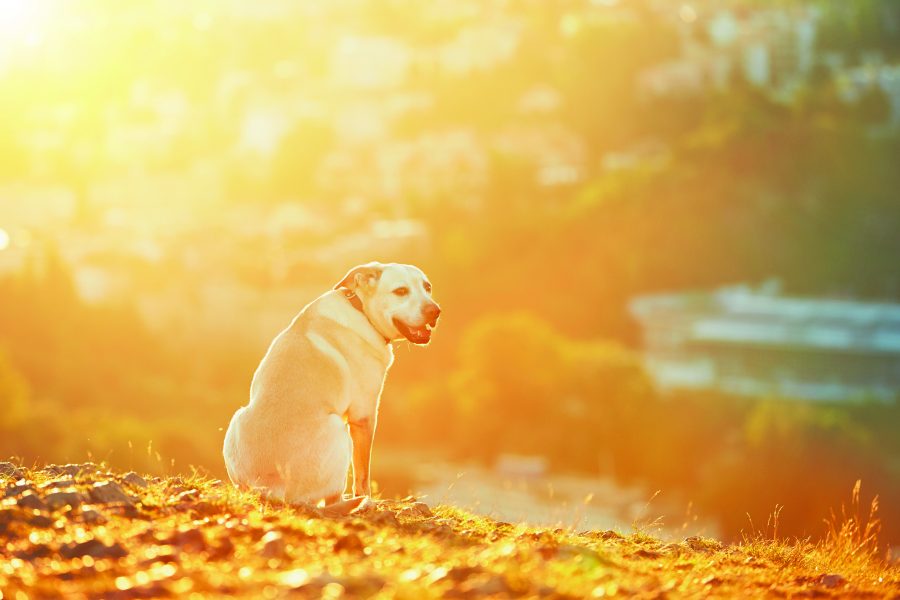



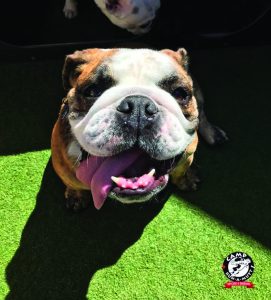
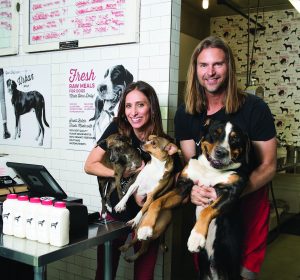

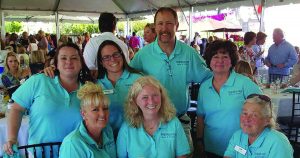 Imagine taking your pet on a two-hour bus trip to see the nearest veterinarian, only to discover you can’t afford the preventive care or treatment your pet needs. This is the reality for many residents in the sprawling Coachella Valley, and it often leaves overwhelmed owners feeling they have no other choice but to abandon their furry family member at an animal shelter.
Imagine taking your pet on a two-hour bus trip to see the nearest veterinarian, only to discover you can’t afford the preventive care or treatment your pet needs. This is the reality for many residents in the sprawling Coachella Valley, and it often leaves overwhelmed owners feeling they have no other choice but to abandon their furry family member at an animal shelter.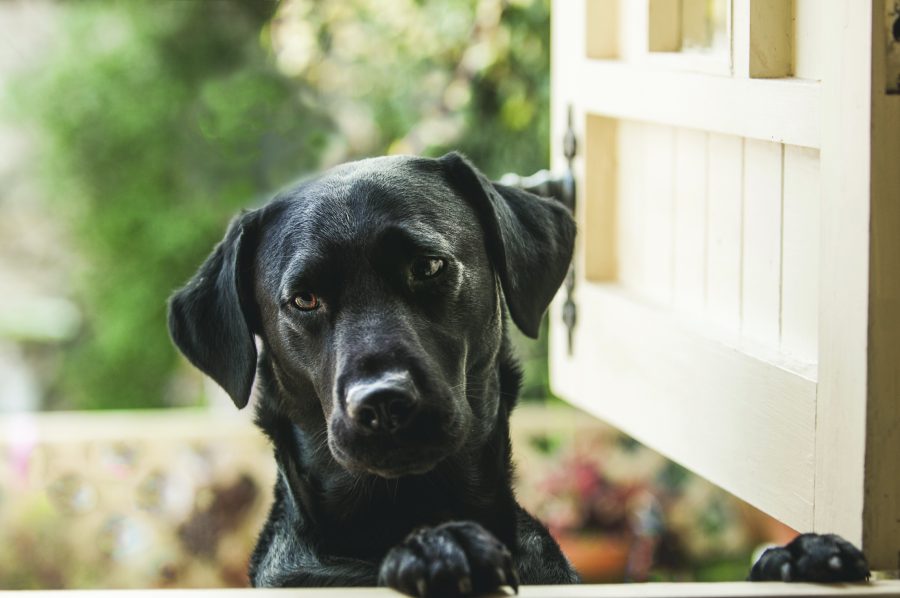
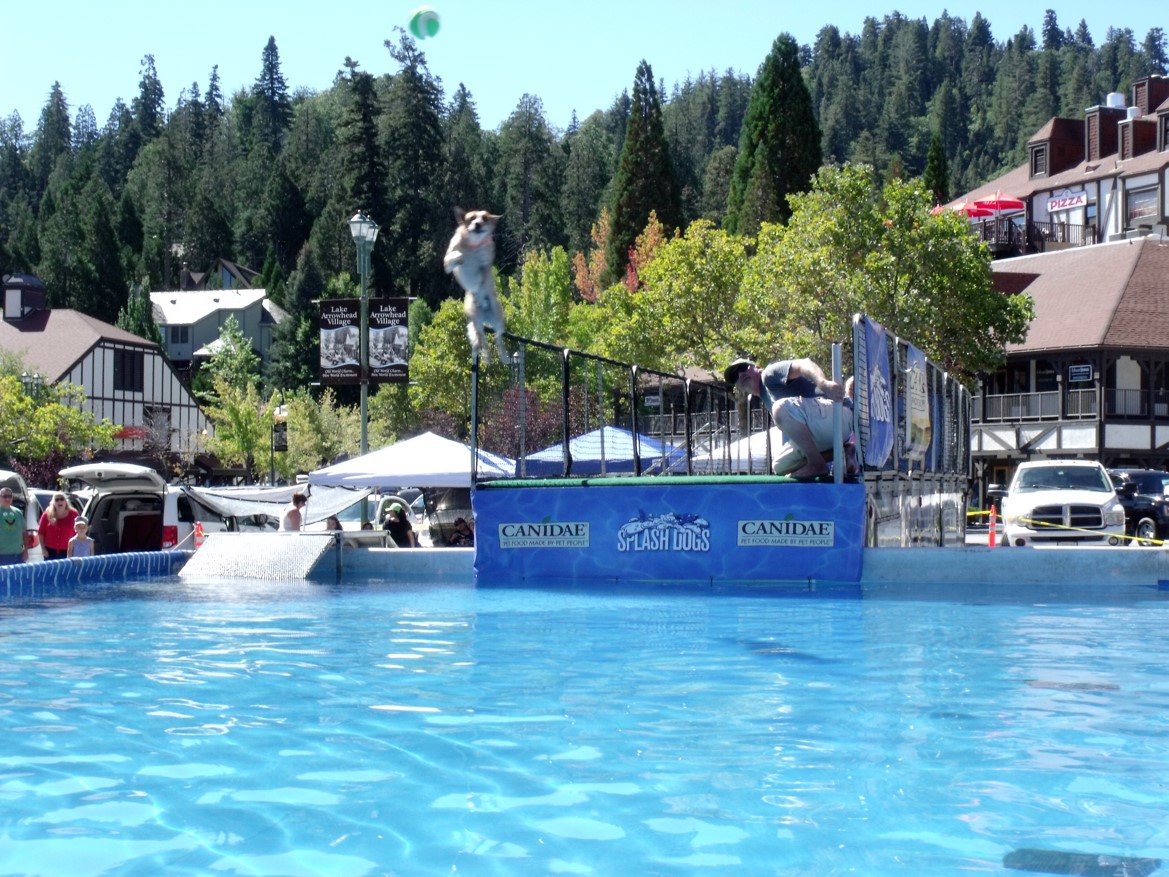

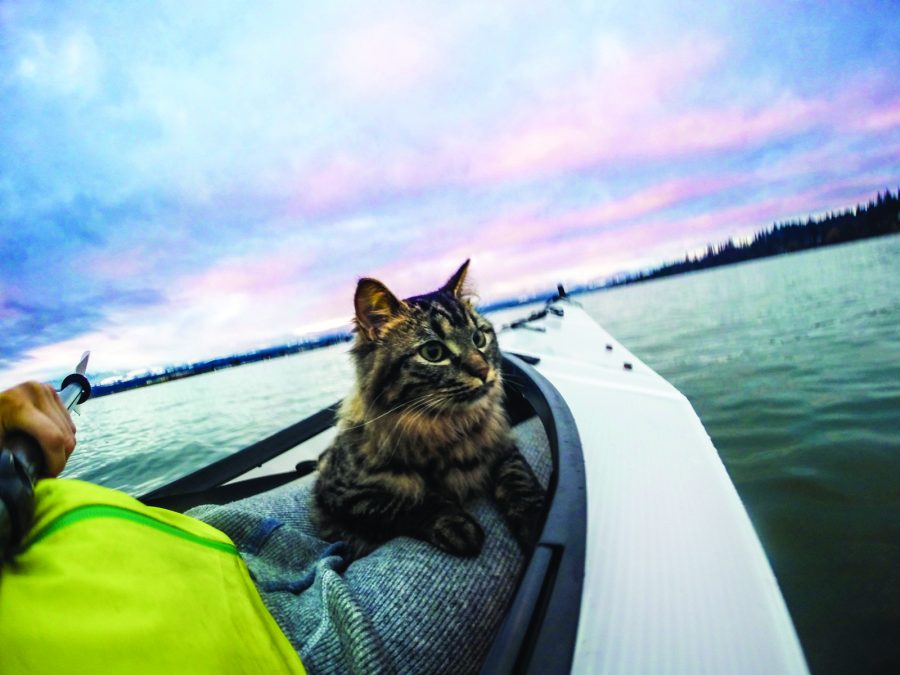

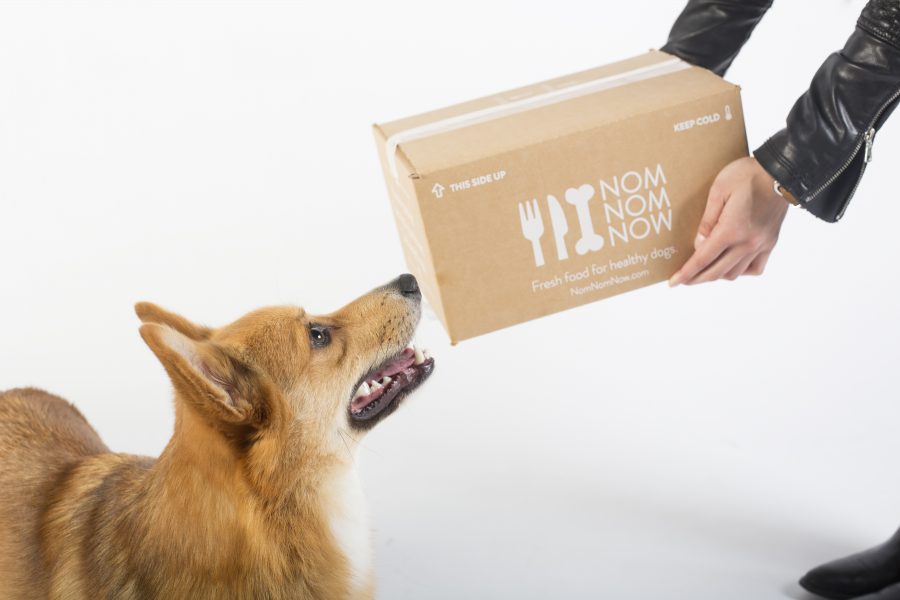
 H
H

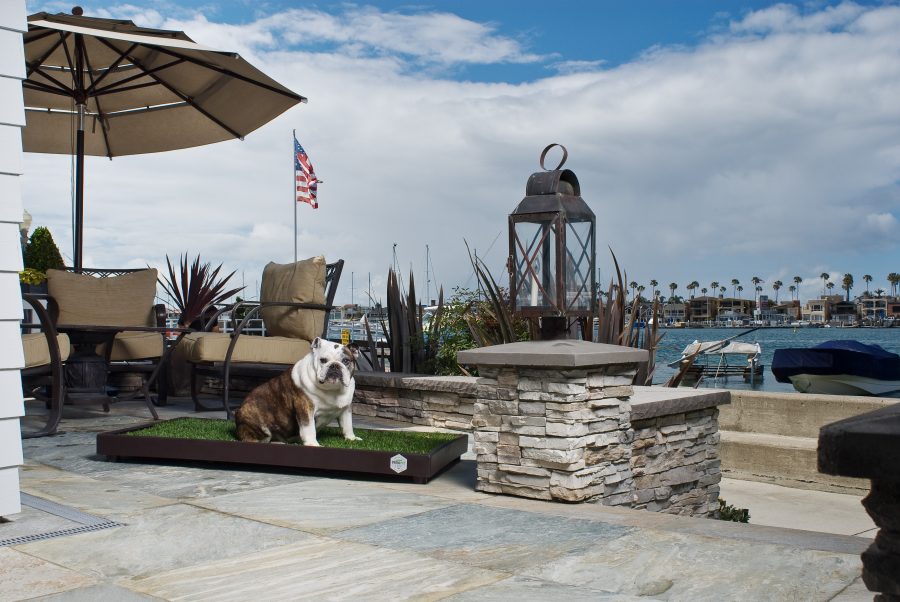
 Does your dog like to “do his business”
Does your dog like to “do his business”